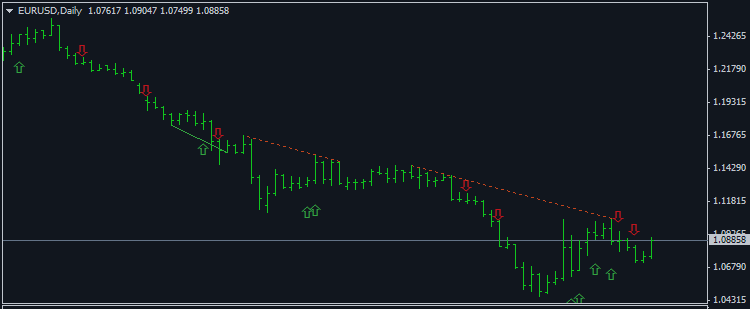
How To Trade - RSI Indicator Classic Divergence and How Does It Work
8 May 2015, 06:11
0
903
Wilder suggests that divergence between an asset's price movement
and the RSI oscillator can signal a potential reversal. The reasoning is
that in these instances, directional momentum does not confirm price.
- A bullish divergence forms when the underlying asset makes a lower low and RSI makes a higher low. RSI diverges from the bearish price action in that it shows strengthening momentum, indicating a potential upward reversal in price.
- A bearish divergence forms when the underlying asset makes a higher high and RSI forms a lower high. RSI diverges from the bullish price action in that it shows weakening momentum, indicating a potential downward reversal in price.
- As with overbought and oversold levels, divergences are more likely to give false signals in the context of a strong trend.
Classic divergence is used when looking for the area where price could reverse and start going in opposite direction. And because of that the classic divergence is as a low risk entry method.
- It is a low risk method to sell near the top or buy near the bottom, this makes the risk on your trades are very small relative to the potential reward.
- It is used to predict the optimum point at which to exit a trade
There are two types of classic divergence:
- Bullish Divergence
- Bearish Divergence
Classic bullish divergence is formed if the price is making lower lows (LL), but the oscillator is making higher lows (HL).
Classic bearish divergence is formed if the price is making a higher high (HH), but the oscillator is lower high (LH).


